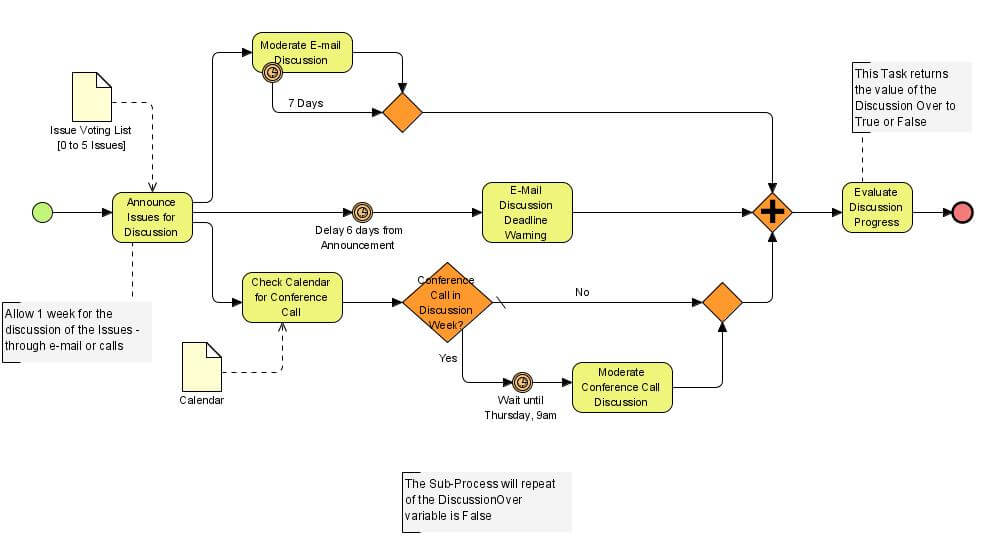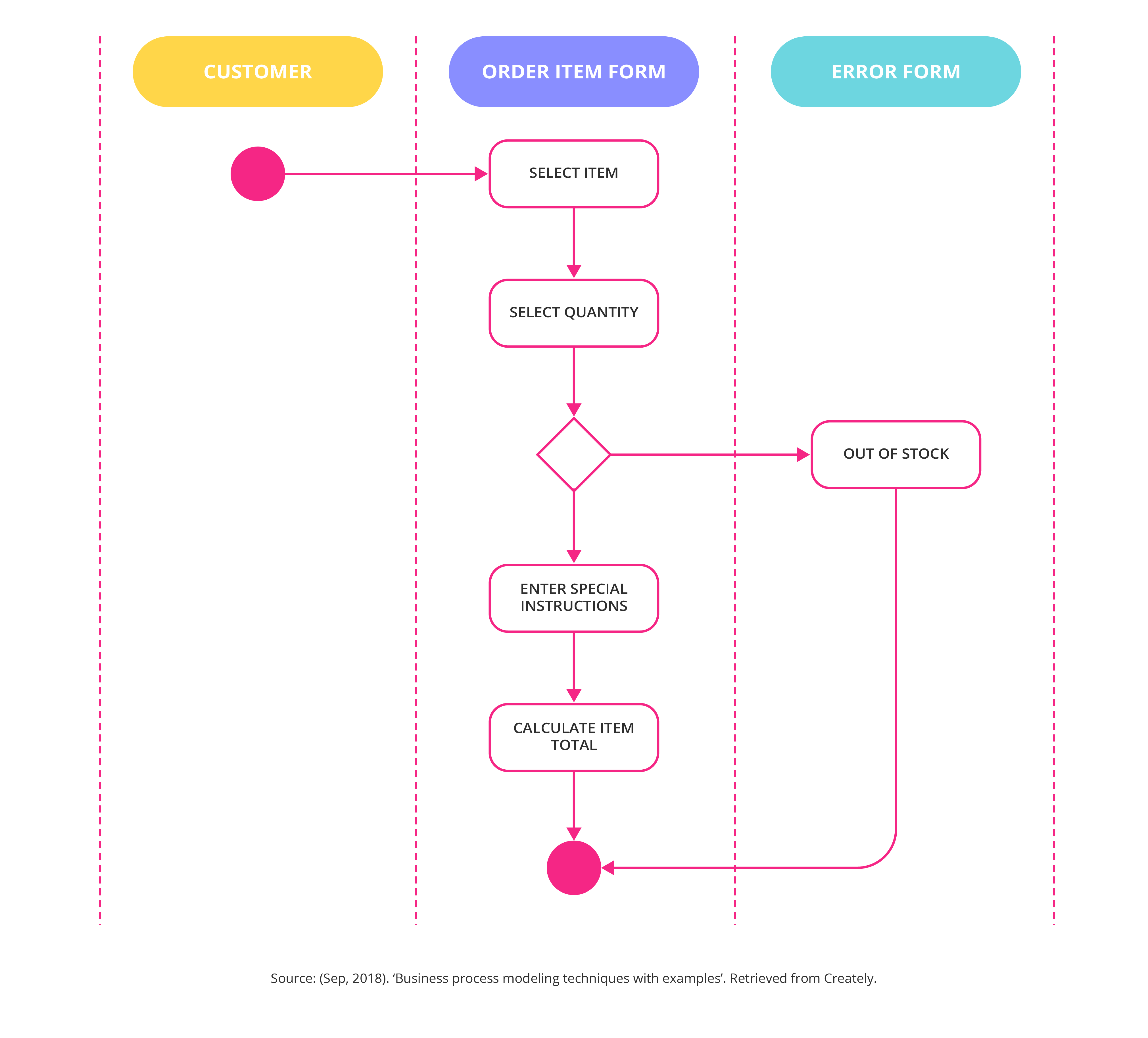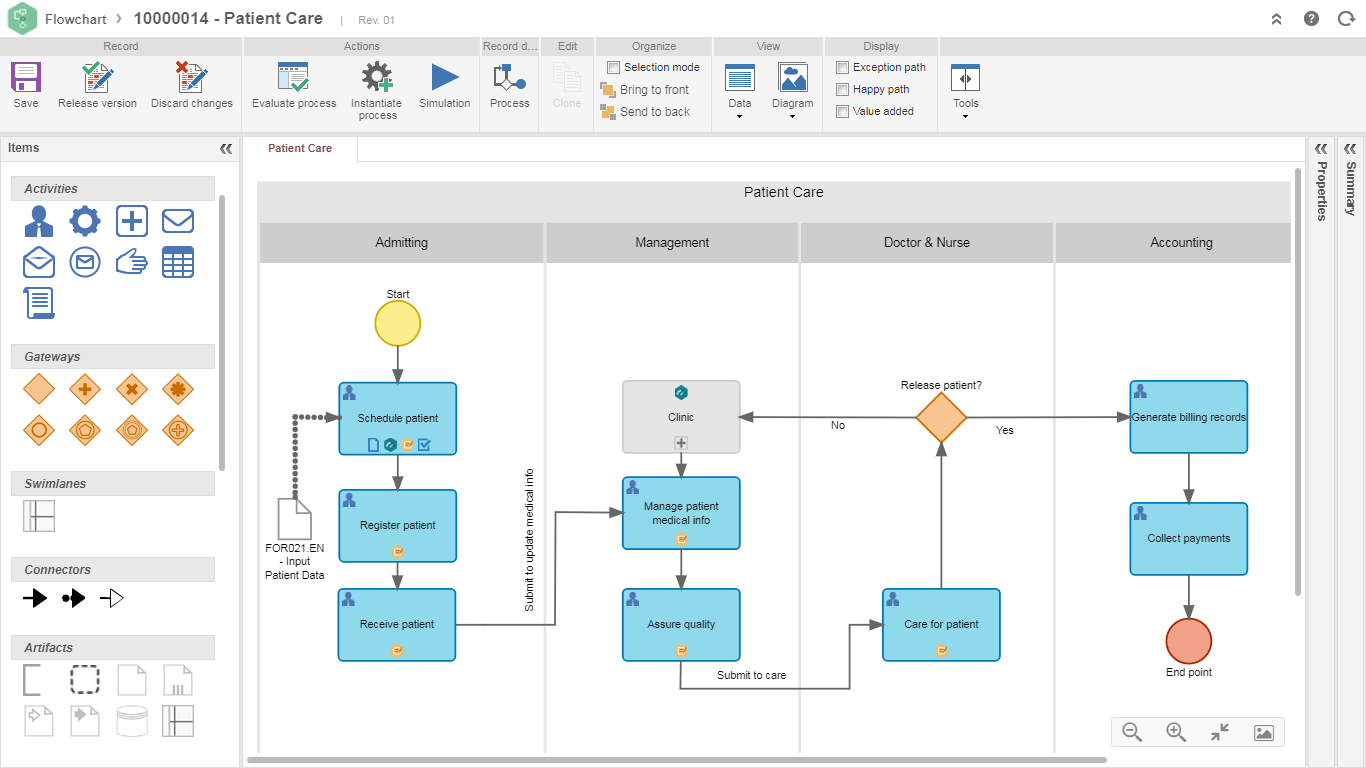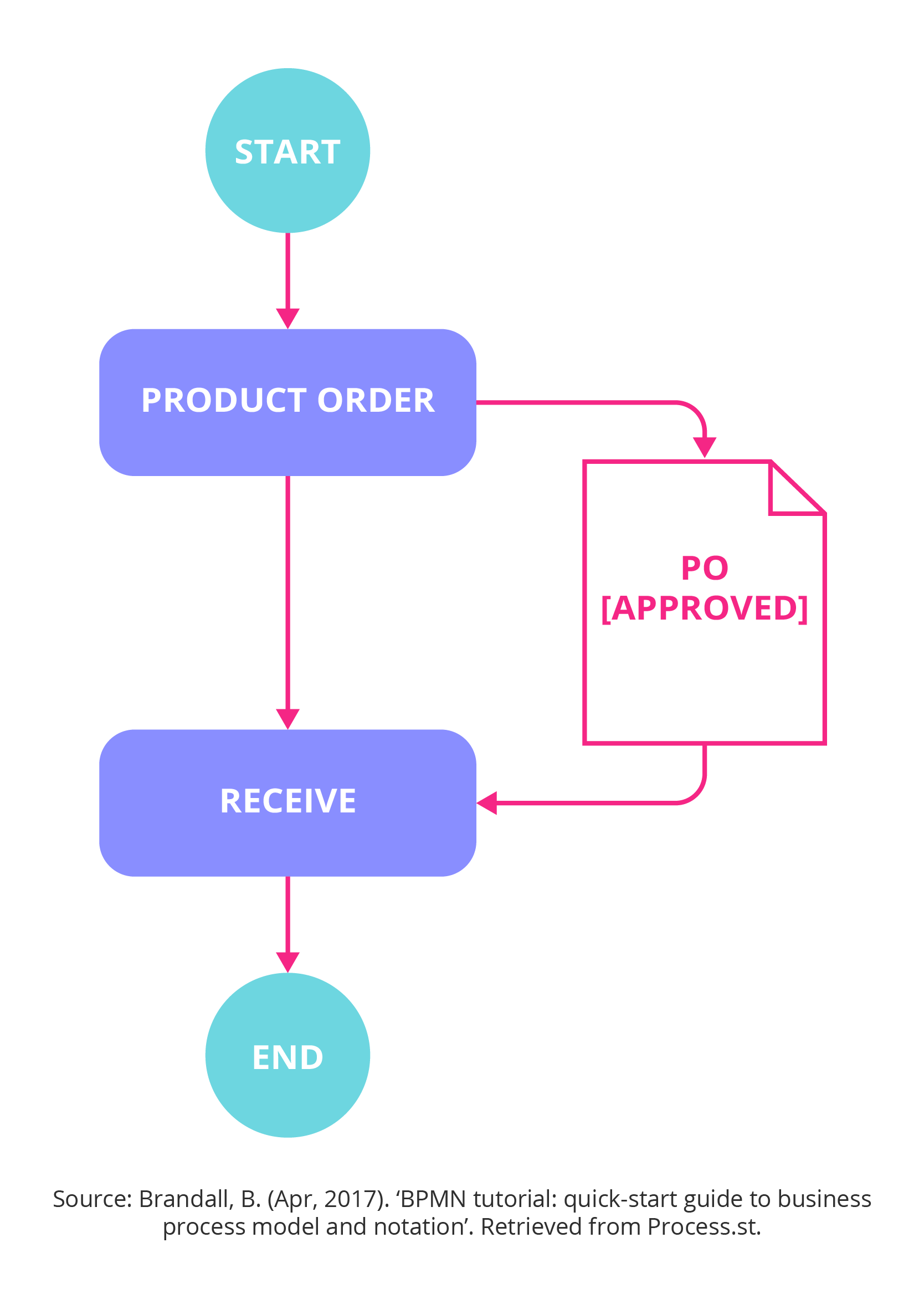Enables business process mapping of workflow so you can visually understand the process, analyse weak spots and make positive changes to that workflow or process. The gantt charts were among the first to arrive around 1899, the flow charts in the 1920s, functional flow block diagram and pert in the 1950s, data flow.

9 Best Business Process Modeling Techniques (With Examples) Tallyfy
Some of these objects include:
Business process modelling techniques. Concept to launch in record time. Business process modeling techniques are an important step in business process management. However, when implemented effectively it can help optimise business process and identify any challenges in your established systems.
The business process modelling technique is often used in a hierarchical fashion. Business process modeling is basically part of some larger concepts as follows: This helps in clear analysis and processing.
Business process modeling is a highly effective technique that offers organizations a broad range of benefits. The tools used are essentially visual aids that can quickly and clearly tell a story of a process, such as making an airline reservation, fulfilling online orders or transferring funds. Six sigma was created in 1986 by an american engineer named bill smith and provides various techniques and tools for process improvement.
The purpose of business process modeling is to improve performance by increasing efficiency and productivity. Process modeling generates comprehensive, quantitative activity diagrams and flowcharts containing critical insights into the functioning of a given process, including the following: It defines critical business process.
Here is the list of top ten business analysis techniques: Bpmn stands for business process modeling notation, and it’s a technique that helps you represent your processes in a visual manner through 100+ proprietary objects. The business process modeling techniques are a range of activities that must be followed with the goal of creating one or more models to the representation, communication, analysis, layout, synthesis, decision making and business control.
Data modeling represents the data properly in a model. The benefits of business process modeling. Business process modeling techniques and tools.
Business process modeling techniques are (1) data flow diagram (dfd), (2) business process. What is business process modeling techniques? Notations here can be mapped as follows:
Some of the key benefits of business process modeling include: Take your project management skills to the next level. Techniques to model business process such as the flow chart, functional flow block diagram, control flow diagram, gantt chart, pert diagram, and idef have emerged since the beginning of the 20th century.
The ‘s’ in sipoc stands for suppliers. In fact, you can choose from as many as 12 techniques. Moscow (must or should, could or would) most (mission, objectives, strategies, and tactics) analysis.
Key takeaways a business can make business processing modeling examples to ensure that they are conducting the whole task efficiently.they can use this process to prevent wastage and increase production. It can be effective to understand the core value of a business organization to follow the proper techniques in the business market policy.various techniques are there to conduct the business process modeling, and it can be effective to. Take your project management skills to the next level.
Business process modeling (bpm) brainstorming. Business process modeling allows taking the processes as per the modeling objects. Here are some of the most common business process modeling techniques:
It rules out any chances of data redundancy and omission. Business process modeling is a powerful tool that can be used to improve the efficiency of an organization. Business process modeling can be expressed through flowcharts, programs, hypertext, or scripts.
The primary use of business process modeling is to provide stakeholders with a better understanding of the way that a process. Represents the sequence flow and execution of tasks. There isn’t just one way to implement business process modeling;
One of these business process modeling tools is a sipoc diagram. Modelling notation (bpmn), (3) activity diagram, and. Business process management is a management approach to align organization vision, strategies, business objectives to its business processes.
10 business process modelling techniques explained, with examples business process modelling isn’t a new concept. Business process models can be used to communicate the steps involved in a process and make sure that everyone is on the same page. If this is a large and complex area of processing, it is sometimes useful to build an intermediate model showing the key actors, processes and sequences of work.
Concept to launch in record time. Events and activities that occur within a. Checkify blog • business process modeling techniques.
Since a lot of business processes depend on successful data modeling, it is. Using diagrams to help visualise all. Some of these benefits include:
Business processing model techniques can be of different types and hence can be complicated for the users. Sipoc is an acronym that helps stakeholders to identify the key elements of a process at the outset.
Business Process Modeling Techniques

BPMN Business Process Model and Notation My Chart Guide

10 Business Process Modelling Techniques GetSmarter Blog

